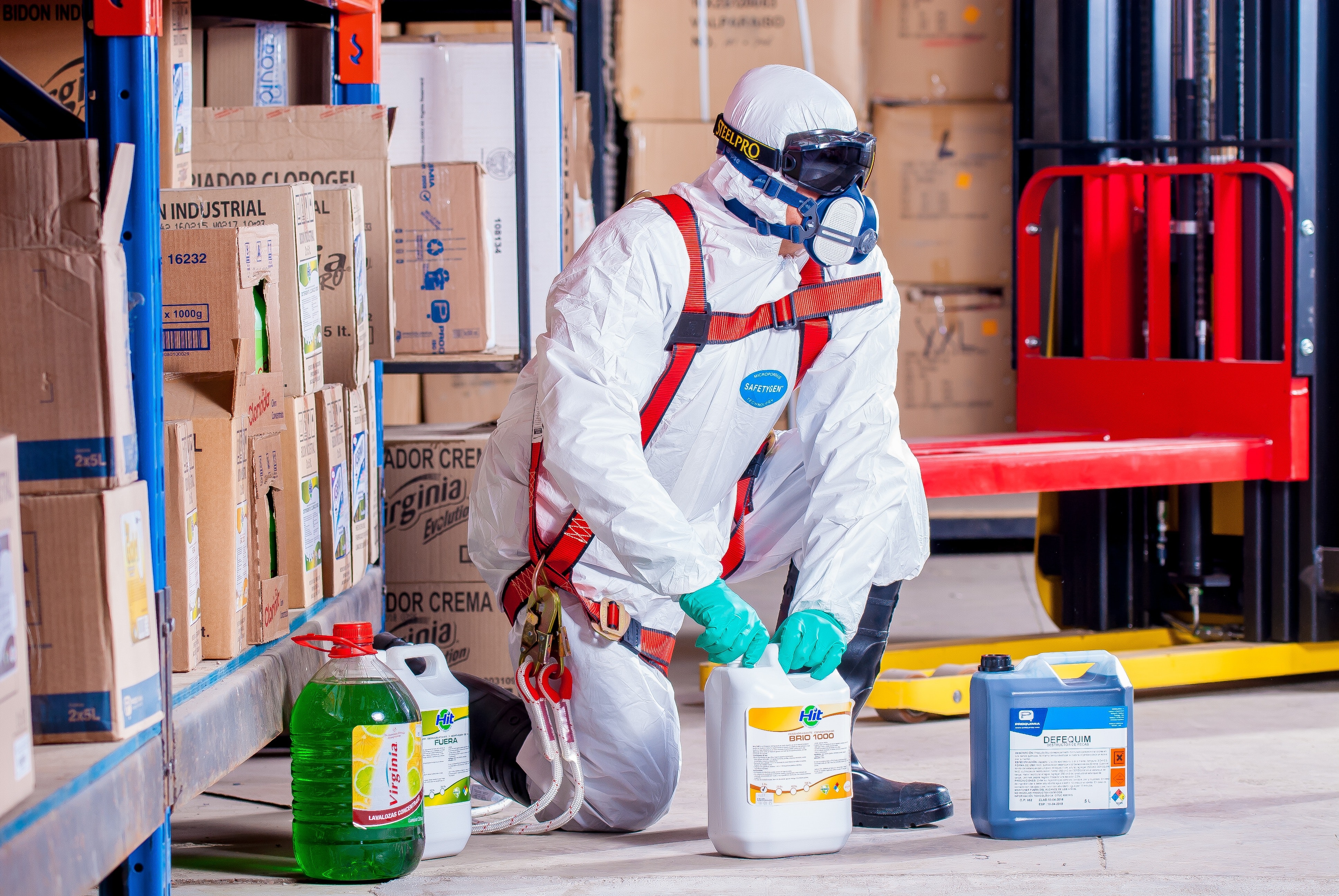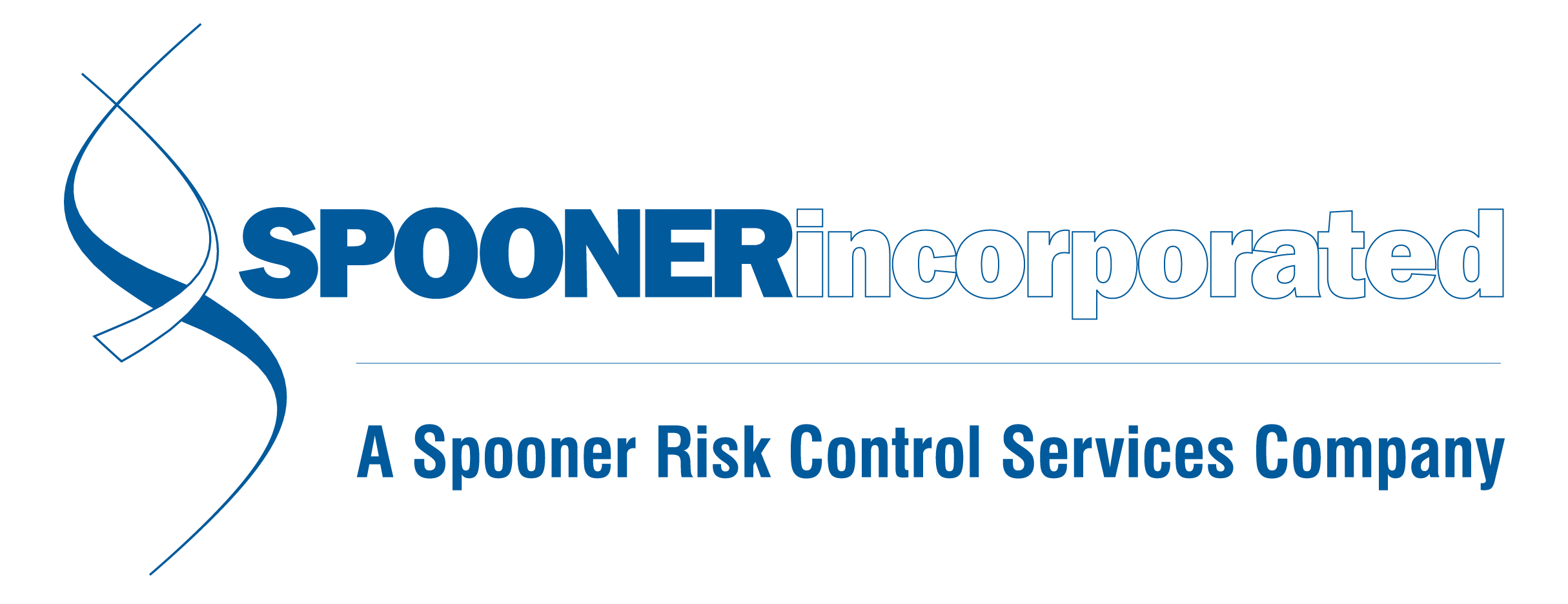Respiratory Protection, Fit Testing & Written Programs

If your workplace exceeds the permissible exposure limits of airborne contaminants (more on that here), there are a few items you should have in place, starting with a written respiratory protection program. If this isn’t something your own safety staff is comfortable putting together, you can outsource it to a third party. Spooner’s safety team is well-versed in helping develop these types of programs to help businesses remain compliant. Once the written program is finalized, you’ll need to select the appropriate respirator based on the type of exposure. After both of those tasks are complete, it’s time to schedule respirator fit testing.
Even though a pulmonary function test (PFT) is not always required by OSHA prior to wearing a respirator on the job, the medical provider performing the certification may require a PFT as part of the process. A PFT is required for employees wearing respirators for protection from asbestos, cotton dust, benzene, formaldehyde, silica and beryllium, to name a few.
Any employee planning on wearing a respirator at work will need to complete OSHA’s Respirator Questionnaire. Simply asking your employees to complete one prior to wearing a respirator isn’t sufficient - OSHA requires that a physician [or other licensed health care professional (PLHCP)] to review the questionnaire. How the form is completed is determined by the type of respirator worn, and certain responses may serve as a red flag that additional medical intervention may be necessary. The OSHA Respiratory questionnaire doesn’t need to be updated annually, unless certain requirements are met, such as an employee reporting new symptoms or changes in the work environment.
Respirators used in the workplace need to be fitted to the individual employee. The fit process is fairly simple, and is done to ensure a tight seal on the employee’s face. The employee should bring their equipment to the clinic with them, or along to the onsite testing location if done at the worksite. The biggest hiccup that medical providers have during this process is the presence of facial hair on the worker being tested. Facial hair shouldn’t be present between the face and sealing surface. Some argue that there’s unclear language on this in the standard, but they’ve issued several letters of interpretation clarifying that an employer allowing workers to pass fit testing with interfering facial hair would be considered non-compliant. If you’re sending your staff to an occupational health clinic, don’t be surprised if they ask your employee to shave.
If you’re unsure if the airborne contaminants in your workplace exceed OSHA’s permissible limits, you should consider having air sampling performed. These can be performed by industrial hygienists, and Spooner can refer you to a number of great third party contractors for this.
The employer is responsible for ensuring the respirator itself doesn’t present a hazard, as well as instructing the employee on how to clean, maintain and store the apparatus – even in the case of an employee’s voluntary use of a respirator. Spooner’s Safety Team is here to help ensure your business is meeting the OSHA guidelines for respiratory protection, and we can also provide qualitative fit testing at your worksite. Please reach out to Derek Hill with any questions, or for additional help at: dhill@suretyhr.com.

